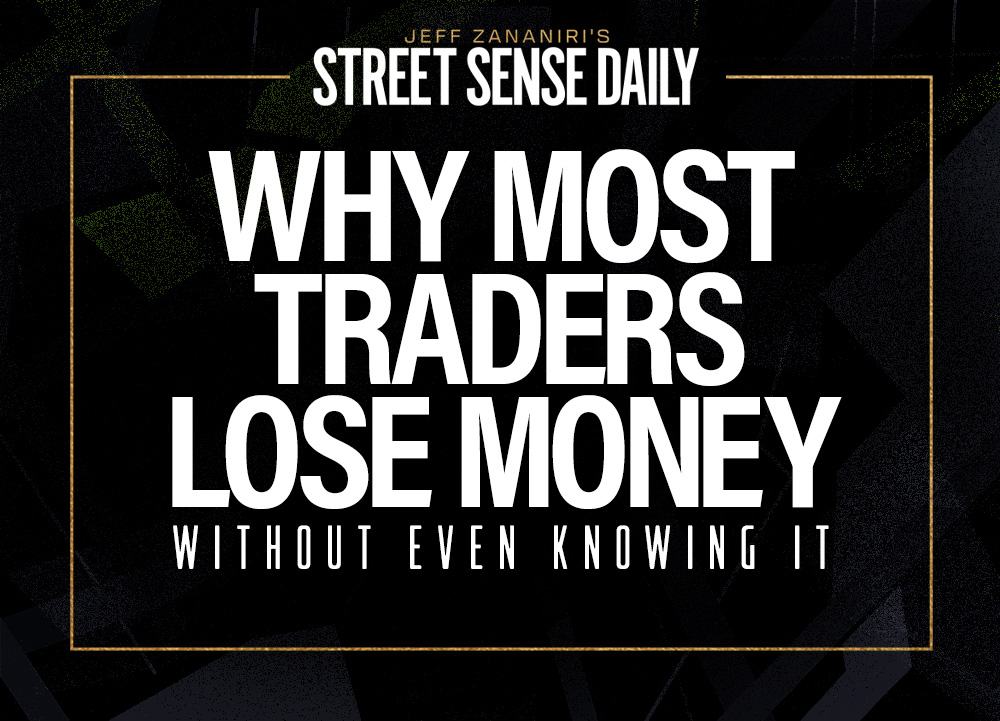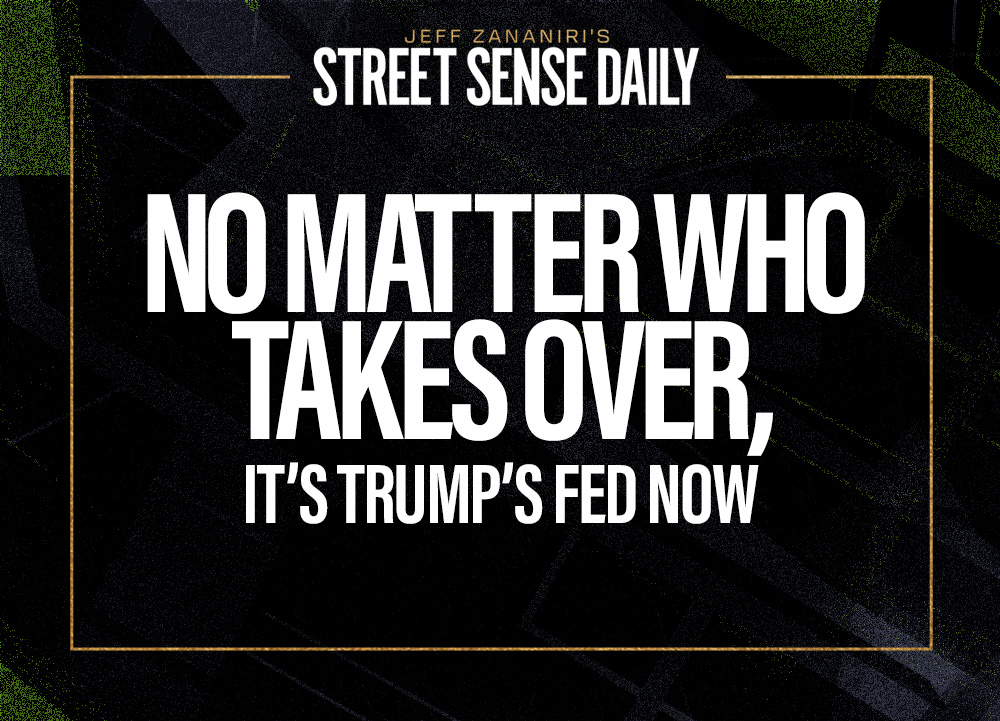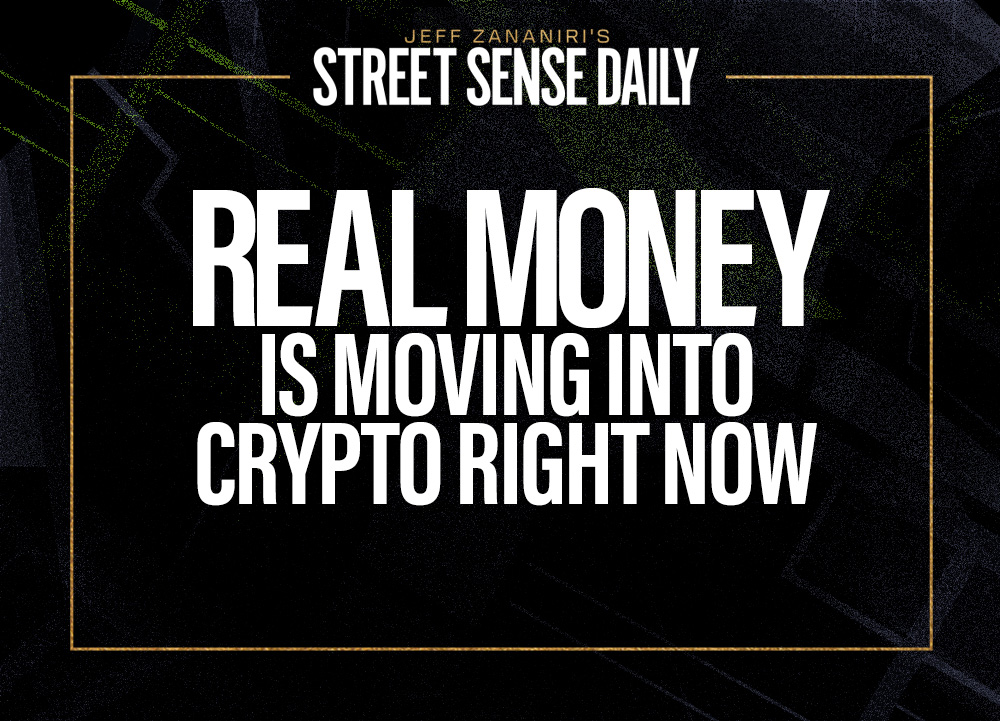Good morning, traders.
Back when I was fresh out of college, I got thrown into the deep end at Bear Stearns, working under the legendary “Ace” Greenberg.
The place was filled with sharks, but not the kind you see in movies.
These guys didn’t scream or flip desks. They quietly made millions because they knew something most traders never bother to learn.
They understood the Greeks.
At the time, I thought Greeks were just the fancy stuff they teach in CFA prep books.
But I started watching how the real pros traded.
They weren’t staring at charts all day.
They were tracking Delta, Theta, Vega, and Gamma — like a pilot checks altitude, fuel, and speed during flight.
Every trade they made was built around these numbers.
So I stopped guessing.
And I started watching.
Delta: The First Greek I Actually Cared About
The first time I really “got” Delta was during a fast-moving tech earnings season.
I bought some call options on a momentum name.
Stock went up.
But my option didn’t move as much as I expected.
That’s when I looked at the Delta: It was only 0.30.
I’d basically placed a 30% directional bet, not the 1:1 move I thought I was getting.
From then on, Delta became the first number I checked before pulling the trigger.
It told me how “aggressive” or “conservative” my exposure was.
If I wanted a strong directional bet, I picked a higher Delta. If I wanted cheaper lottery-ticket exposure with capped risk, I went lower.
Theta: The Thief That Robs You at Night
I’ll never forget the time I held onto a bullish call spread heading into a long holiday weekend.
The stock went nowhere.
But by Tuesday morning, I was down big. Nothing changed, except time.
That was my intro to Theta.
Theta is time decay.
And it’s brutal if you’re long options in a quiet market.
Every single day, your options lose value, even if the stock just sits there. It’s like paying rent on your trade.
But there’s a flip side.
If you’re selling options, Theta becomes your silent partner.
In choppy, low-volatility conditions, I’ve made a living selling premium by letting time decay do the heavy lifting.
Vega: The Curveball Most Traders Never See Coming
Vega measures how much your option price reacts to changes in implied volatility.
If you’re long options and IV rises? You win.
If it drops? You lose — fast.
Now I always ask: What’s the market pricing in?
Is volatility likely to expand … or collapse?
During hype events, I often fade the crowd.
I’ll sell premium when IV is inflated and let the post-event crush work in my favor.
The amateurs see a chart.
I see Vega.
Gamma: The Hidden Danger Lurking in Short-Term Trades
Gamma didn’t really hit home for me until I started experimenting with zero-DTE options.
That’s when I realized how fast Delta can change.
Gamma measures the rate of change in Delta. It’s what turns slow trades into rockets — or grenades.
Near expiration, Gamma spikes.
That’s why small stock moves can create massive swings in option prices.
I’ve ridden those waves for huge profits, but I’ve also seen traders blow up because they didn’t respect the risk.
When I trade high-Gamma names now, I keep size small and focus on timing.
It’s like holding a lit match. Beautiful when it works. Dangerous if you’re careless.
The Day I Stopped Ignoring the Greeks
There’s a turning point in every trader’s life.
For me, it was when I stopped treating the Greeks like side notes and started using them as my framework.
Every trade is a puzzle, and the Greeks tell me what pieces are missing.
That’s how you stop gambling and start trading with purpose.
Let’s trade smart,
— Jeff Zananiri
Markets are whipping around, and if you’re not reading the Greeks, you’re flying blind.
Join Aaron Hunziker at 9 a.m. ET today as he breaks down the trades heating up right now … and how Delta, Theta, Vega, and Gamma are pointing the way.
👉 Don’t guess — show up and get the edge.
*Past performance does not indicate future results.



